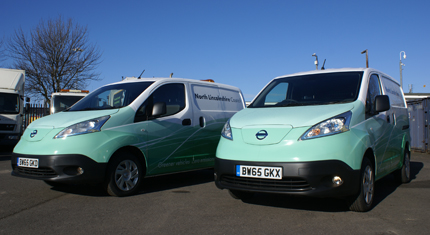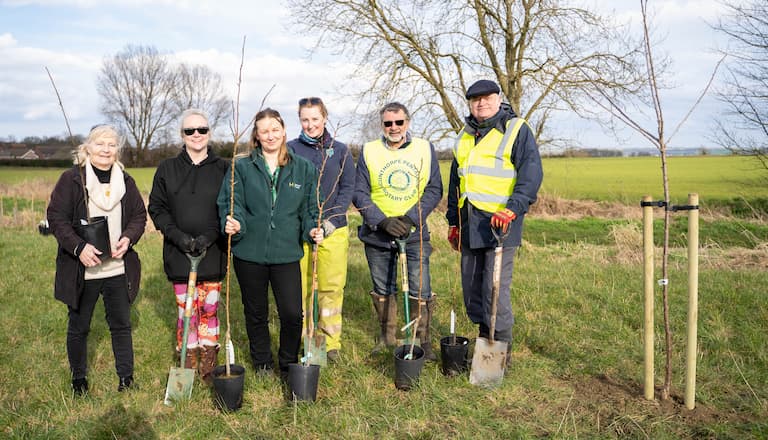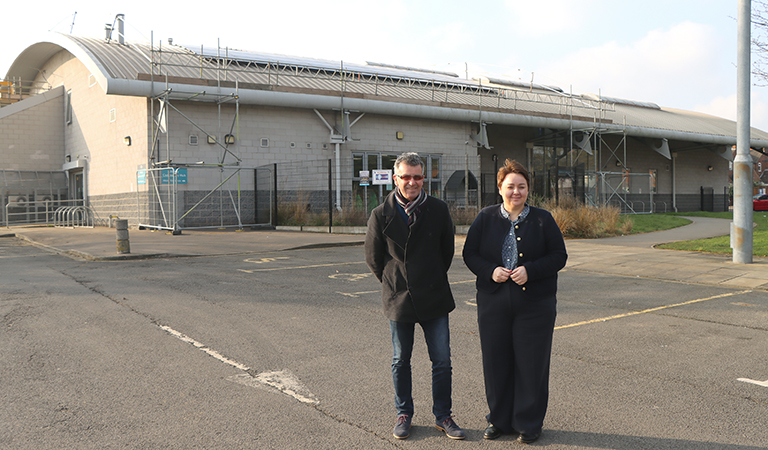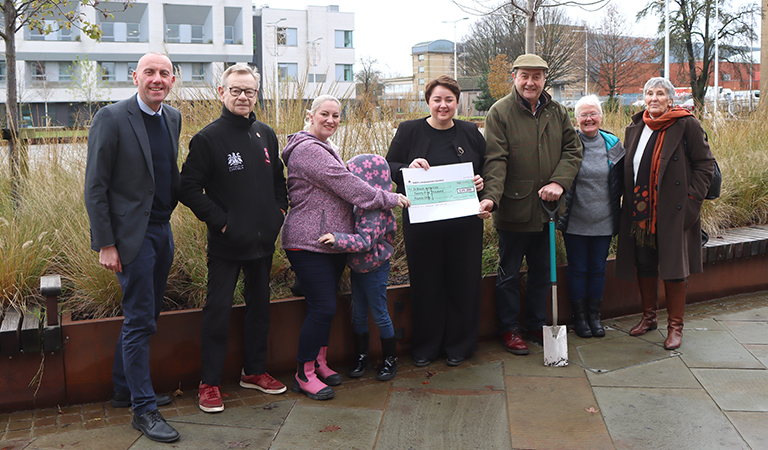North Lincolnshire Council has reduced its carbon emissions by more than 6,000 tonnes in the last two years – smashing an already ambitious target three years ahead of schedule.
These latest figures show the council has reduced carbon emissions by 60 per cent in the last decade.
In March 2019 North Lincolnshire Council’s annual carbon emissions were 12,289 tonnes, a 33 per cent reduction from the baseline figure when it launched its Carbon Management Strategy 2017-2022.
It is eight per cent higher than the target reduction of 25 per cent.
Now, the target for reductions by 2022 has been stretched to 45 per cent, according to a report being discussed today at the council’s Cabinet meeting being held at Church Square House.
The report states: “We are now halfway through the period covered by our strategy. We are making good progress towards becoming a ‘low carbon council’.
“The strategy sets out our approach and action plan towards reducing carbon emissions and associated energy, fuel and utility costs.
“The 2017-2022 strategy scopes out four priorities for action; focusing on a low carbon council, economy, communities, transport.”
Officers and elected members at North Lincolnshire Council are continuing to make the low carbon performance even better across the remaining period of the strategy.
The report continues: “We have re-set our carbon emissions reduction objectives towards achieving a challenging stretch target of an overall 45 per cent reduction in carbon emissions across our estate and operations for the period 2017 to 2022.
“This will represent a 20 per cent increase above our original target and 12 per cent above what we have already achieved.”
The biggest reduction has been seen through a major project to replace thousands of street lights with LED technology, which has alone saved 4,435 tonnes of CO2.
A reduction in electricity use in the council’s buildings, particularly lighting, has saved 663 tonnes and an increase in the use of energy from renewable sources has saved 672 tonnes – all critical in achieving the 33 per cent reduction.
Carbon emissions relating to the fleet and business related travel have also reduced.
Together with the positive environmental impact of reducing the CO2 footprint, the council has saved more than £1.3m in energy costs in the last two years alone, brings the total savings since 2009 to £12m.





